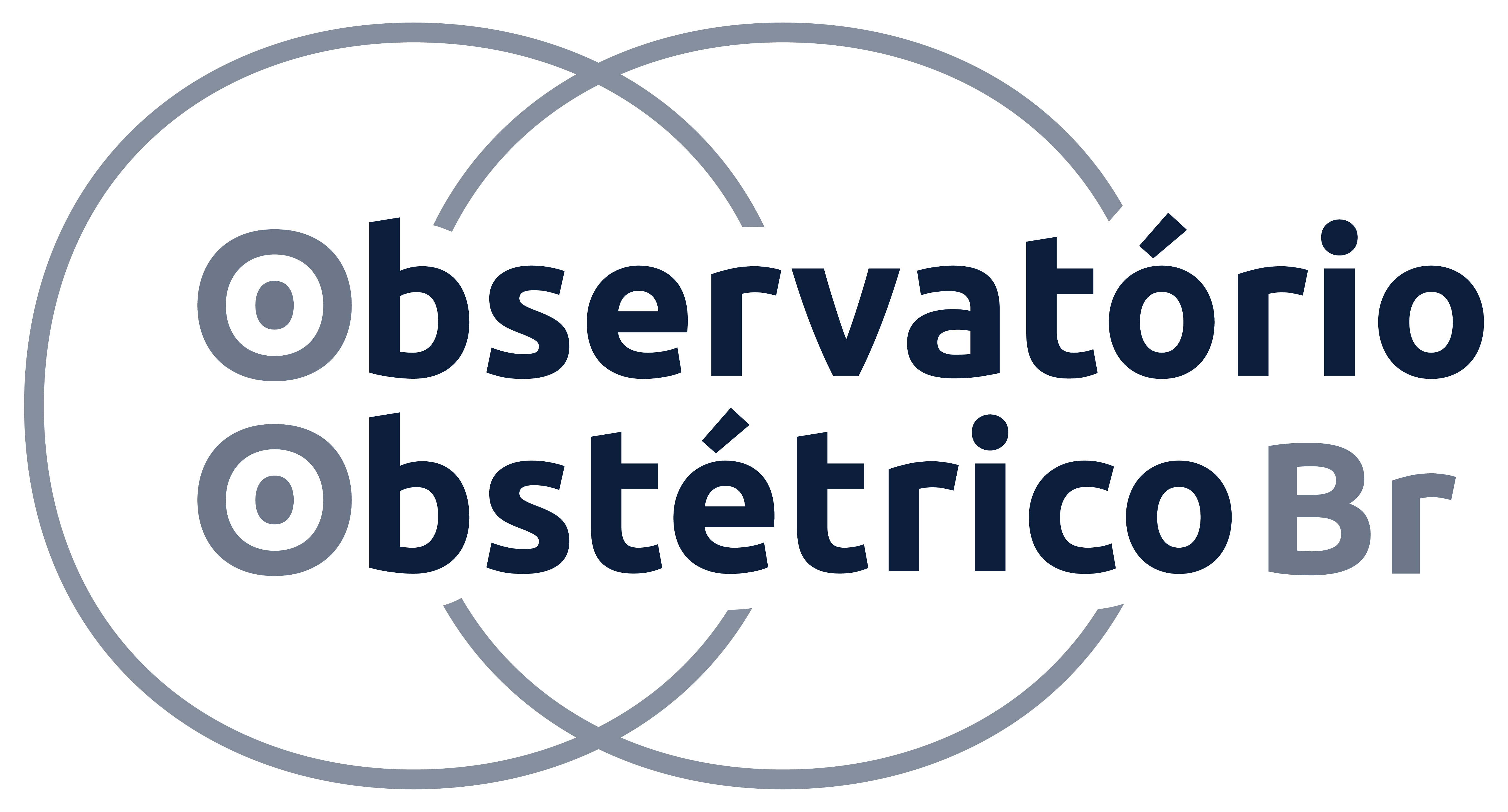Maternal and Perinatal Health Surveillance Dashboard
This dashboard presents indicators on maternal mortality and perinatal outcomes, highlighting social, racial, and healthcare access inequalities. The data, sourced from various national systems, have been available since 2012 for municipalities, states, and regions. The platform enables comparative analyses, historical series, and access to the complete documentation of the created indicators.
Description
Maternal death — the death of a woman during pregnancy, childbirth, or up to 42 days after the end of pregnancy — is not an isolated event. It is the result of a series of social determinants of health that act throughout a woman’s life. Similarly, perinatal outcomes depend on maternal health and the care a woman receives during prenatal care and childbirth, as well as adequate care for the baby after birth.
This dashboard presents a set of indicators that express women’s vulnerability to maternal death, whether due to their socioeconomic conditions, race/color, or the health care received throughout their reproductive life. It also includes indicators related to perinatal outcomes, largely determined by health care during pregnancy and delivery.
The indicators are available for municipalities, states, health regions, and the country, and were calculated using various Brazilian information systems (SINASC, SIM, SINAN, SIH, SIAB, ANS, and population estimates). The dashboard contains indicators starting from the year 2012 and will be updated annually. For years where the data sets have not yet been finalized by the Ministry of Health, these data will be marked as “preliminary.”
The indicators are easily visualized and can be explored by health managers to identify priority areas for investment in their municipality or state. To aid interpretation, reference values are provided, which may include national or international targets, World Health Organization recommendations, values observed in developed countries, or the national average.
The dashboard is organized into three levels:
Summary of indicator blocks: At this level, all indicators from all blocks are displayed on a single screen for the selected year and geographic region. A summary report of the indicators is available for printing;
Historical series: This level shows the evolution of indicators for each block over the selected locality and time period, allowing comparison between localities and situating the municipality/state/region in the national context;
Detailed view of indicators: At this level, each indicator can be viewed individually and compared with other localities. First, the block to which the indicator belongs must be selected, followed by the chosen indicator. Besides the visualizations, a brief documentation of each indicator is presented: its definition, data source, calculation method, and information about data quality.
Additionally, the following are also available:
Indicators documentation: This menu provides a printable document containing the full documentation of all the dashboard indicators;
The story of Aparecida: This menu provides a link to the “Story of Aparecida,” where the indicators presented in this dashboard are shown in different contexts and how they reflect women’s vulnerability to maternal death, allowing greater understanding of maternal mortality and its determinants.
Development
This dashboard was developed using data analysis and data visualization tools, ensuring accessibility and interactivity for different user profiles, especially health managers and professionals.
The platform was built with the R language, using the Shiny package, which enables the creation of dynamic and responsive web applications, facilitating real-time data exploration and analysis. For data manipulation, cleaning, and analysis, libraries from the {tidyverse}, such as {dplyr} and {tidyr}, were applied.
The project involved collaboration from a team of academics from the Brazilian Obstetric Observatory. Notable contributions include:
Agatha Sacramento Rodrigues – Coordination
Rafael Sant’Ana, Esley Caminhas, Samuel Meideiros, Mariana Costa, Pedro Brito – Interface development, data visualization, review, and validation of indicators
Additionally, the project was carried out in partnership with public agencies and reference institutions in the field of public health, including:




The integration of the data used in the dashboard was made possible thanks to the public availability of national information systems (SINASC, SIM, SINAN, SIH, SIAB, ANS), complemented by official population estimates.
The dashboard is maintained and updated by the Obstetric Observatory team, with annual updates to incorporate the latest data and improve the user experience, always aiming to contribute to the enhancement of public policies focused on maternal and perinatal health in Brazil.
